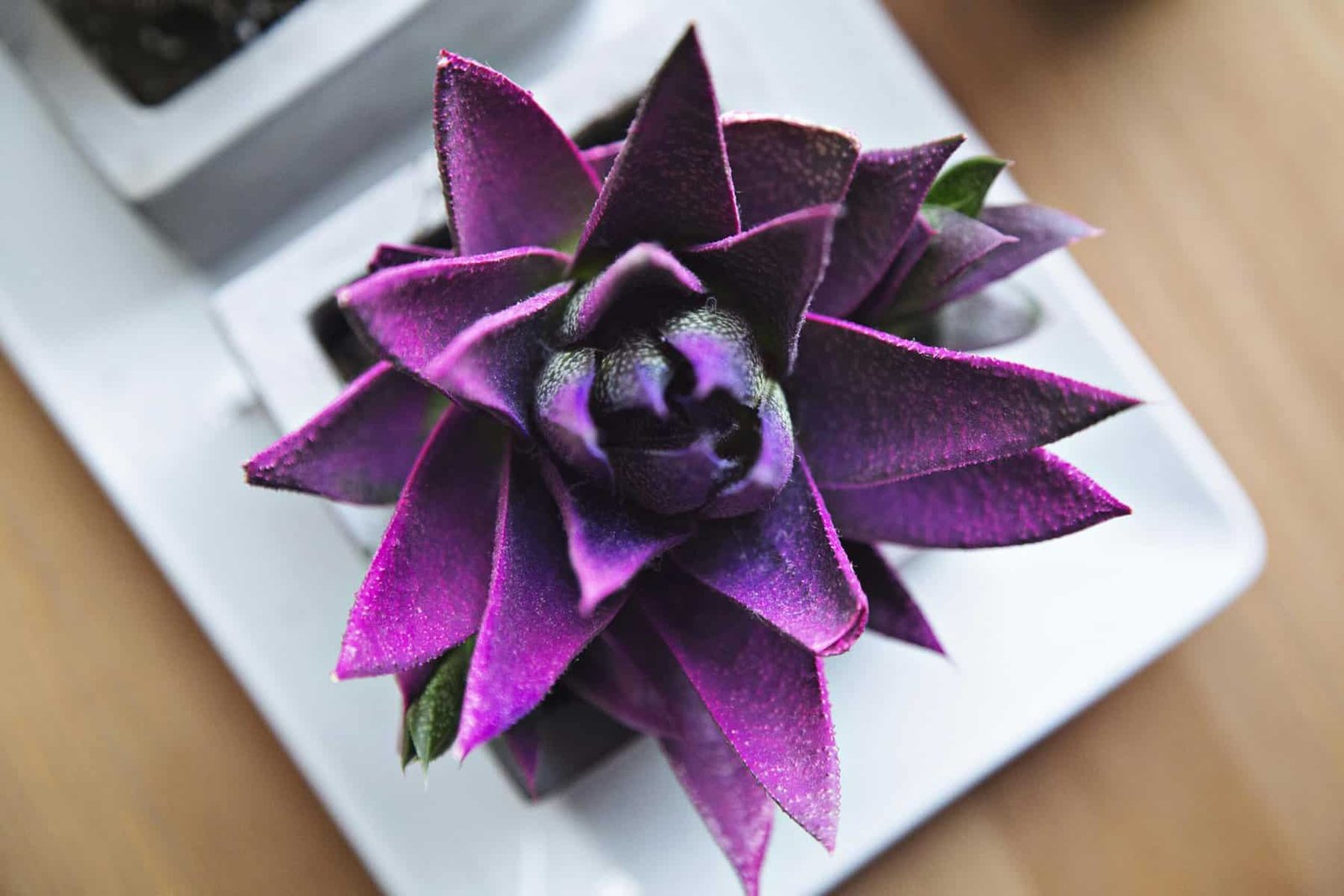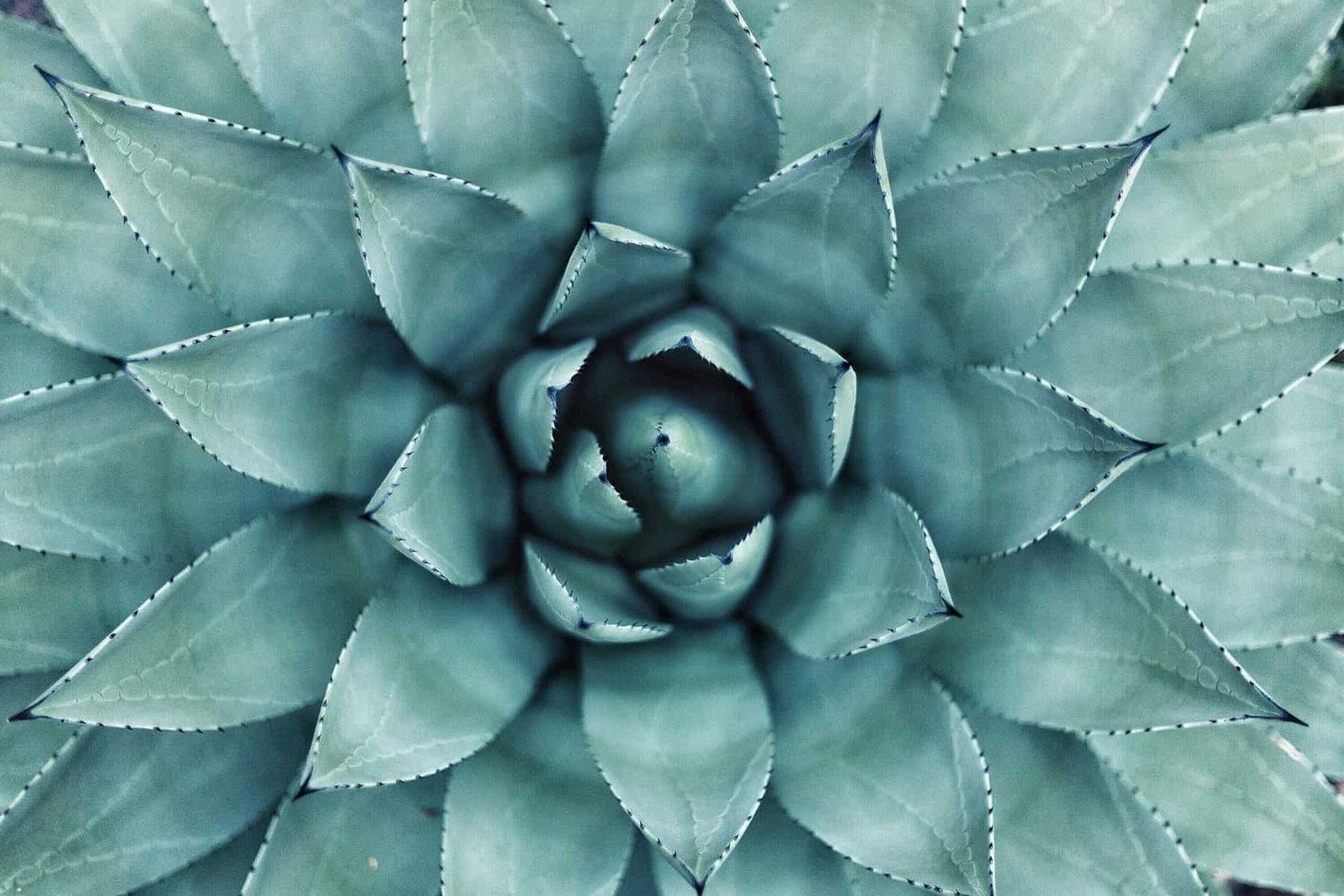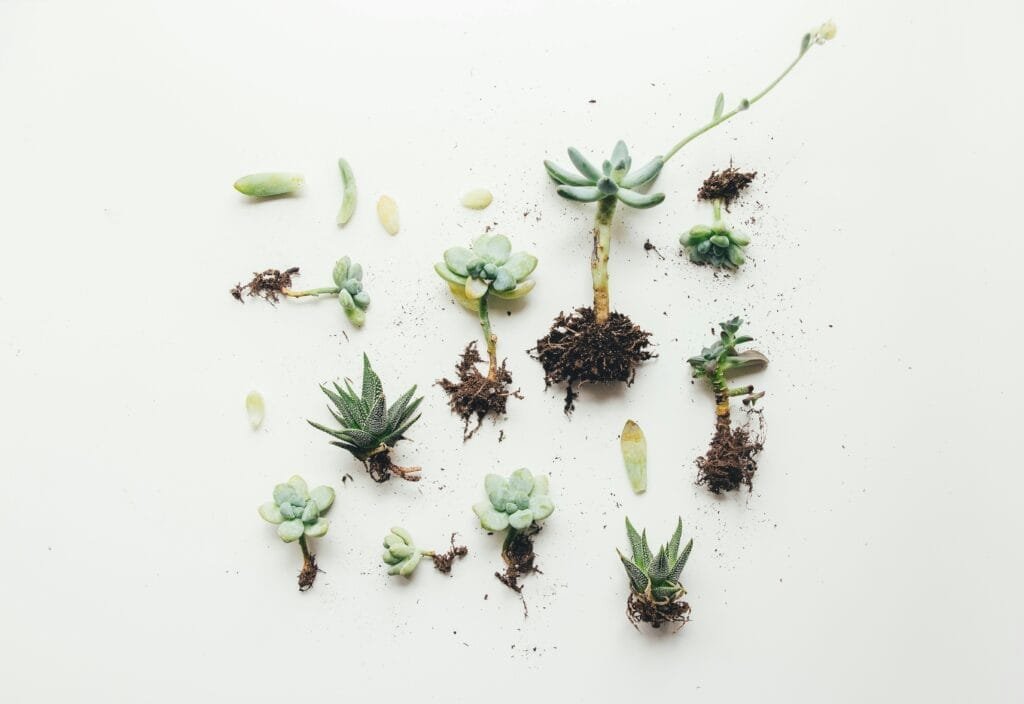Ready to dive into the world of organic farming? In “Can I Use Organic Practices To Increase Nopal Fruit Yield?”, you’ll discover how adopting organic techniques can boost the production of nopal fruit, also known as prickly pear. You will learn about sustainable methods such as natural fertilizers, pest control, and proper soil management. This article will guide you on how to create a healthier environment for your nopal plants, leading to not just a higher yield, but also a more nutritious and flavorful harvest. Have you ever wondered if you can use organic practices to increase nopal fruit yield? If you’re interested in growing nopal (Opuntia spp.), also known as prickly pear, while maintaining eco-friendly and sustainable methods, you’re in the right place. Although it might seem challenging initially, you’ll find that organic practices can be both effective and rewarding.
Let’s dive into the strategies, techniques, and considerations you’ll need to adopt in order to maximize your nopal fruit yield while keeping things organic.

Why Choose Organic Practices?
Environmental and Health Benefits
Organic farming is beneficial not only for the environment but also for your health. By avoiding synthetic chemicals, you contribute to soil health, biodiversity, and reduce exposure to harmful substances.
Market Demand
There’s a growing demand for organic products. People want healthier, more sustainable options, and organic nopal fruit can fetch a higher price in the market.
Understanding Nopal Cactus
What is Nopal?
Nopal is a type of cactus that produces edible pads (cladodes) and fruits. The fruit is commonly called prickly pear and is known for its sweet taste and nutritional benefits.
Ideal Growing Conditions
Nopal thrives in arid and semi-arid climates. They are highly drought-tolerant and prefer well-drained soil with a pH range of 6 to 7.5.
Preparing Your Soil
Conduct a Soil Test
Start by testing your soil to understand its pH, nutrient content, and texture. This information is crucial for making informed decisions about soil amendments.
| Soil Element | Ideal Range |
|---|---|
| pH | 6.0 – 7.5 |
| Nitrogen (N) | Low to medium |
| Phosphorus (P) | Medium |
| Potassium (K) | Medium to high |
Organic Soil Amendments
Consider using compost, manure, and other organic materials to enrich your soil. These amendments improve soil structure, water retention, and nutrient content.
Mulching
Use organic mulch like straw, leaves, or wood chips to cover the soil around your plants. This helps retain moisture, regulates soil temperature, and reduces weed growth.
Planting Nopal
Choosing the Right Varieties
Select nopal varieties that are well-suited to your region’s climate. Some popular types include Opuntia ficus-indica and Opuntia robusta.
Propagation
Nopal can be propagated through seeds or cuttings. Cuttings are usually more efficient and have a higher success rate.
- Cutting Preparation: Use a sterilized knife to take cuttings from healthy, mature plants.
- Drying: Let the cuttings dry for a few days to form calluses over the cut surfaces.
- Planting: Plant the cuttings in well-drained soil, burying them about an inch deep.

Organic Pest and Disease Management
Common Pests
The most common pests affecting nopal include cochineal insects, scale insects, and spider mites.
Natural Remedies
| Pest | Organic Solution |
|---|---|
| Cochineal | Introduce natural predators (e.g., ladybugs), neem oil |
| Scale Insects | Horticultural oils, manual removal with a brush |
| Spider Mites | Insecticidal soap, increase humidity |
Diseases
Nopal is relatively disease-resistant but can be affected by fungal infections and root rot.
Organic Disease Control
- Crop Rotation: Avoid planting nopal in the same spot consecutively.
- Sanitation: Keep the area clean of plant debris to reduce fungal spores.
- Neem Oil: Effective against various fungal infections.
Nutrient Management
Natural Fertilizers
Use organic fertilizers like compost tea, fish emulsion, and bone meal to provide necessary nutrients.
| Nutrient | Organic Source |
|---|---|
| Nitrogen | Compost, manure, alfalfa meal |
| Phosphorus | Bone meal, rock phosphate |
| Potassium | Wood ash, kelp meal |
Foliar Feeding
Foliar feeding with liquid fertilizers can be particularly effective. Apply during the early morning or late afternoon for best results.

Water Management
Drip Irrigation
Drip irrigation systems are ideal for nopal as they provide consistent moisture without overwatering. This method conserves water and reduces weed growth.
Rainwater Harvesting
Use rain barrels or other collection systems to harvest rainwater. This not only conserves water but also provides a pure water source for your plants.
Pruning and Maintenance
Pruning Techniques
Prune your plants to remove any damaged or diseased pads and to encourage new growth. This will help increase sunlight penetration and air circulation.
Weed Control
Weeds compete with your nopal plants for nutrients and water. Use organic mulches and manual weeding to keep them in check.

Harvesting Nopal Fruit
Picking the Right Time
The best time to harvest nopal fruit is when they are fully ripe, usually indicated by a change in color. Wear gloves to protect yourself from the spines.
Post-Harvest Handling
Proper handling and storage are crucial to maintain the quality and shelf-life of your nopal fruit. Rinse them thoroughly and store them in a cool, dry place.
Conclusion
Can you use organic practices to increase nopal fruit yield? Absolutely. By following these detailed guidelines, you’ll not only reap a bountiful harvest but also contribute to a healthier environment. Organic farming requires dedication and knowledge, but the rewards are well worth the effort. Happy farming!


